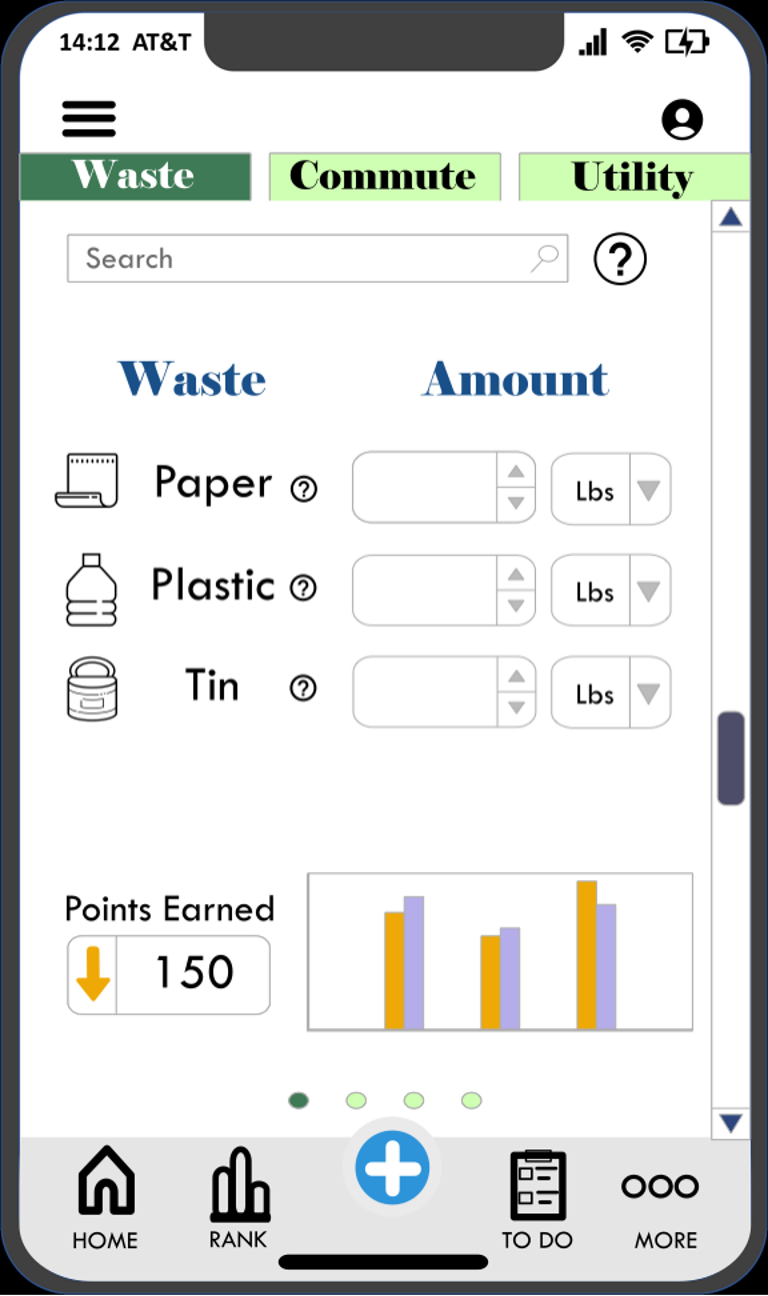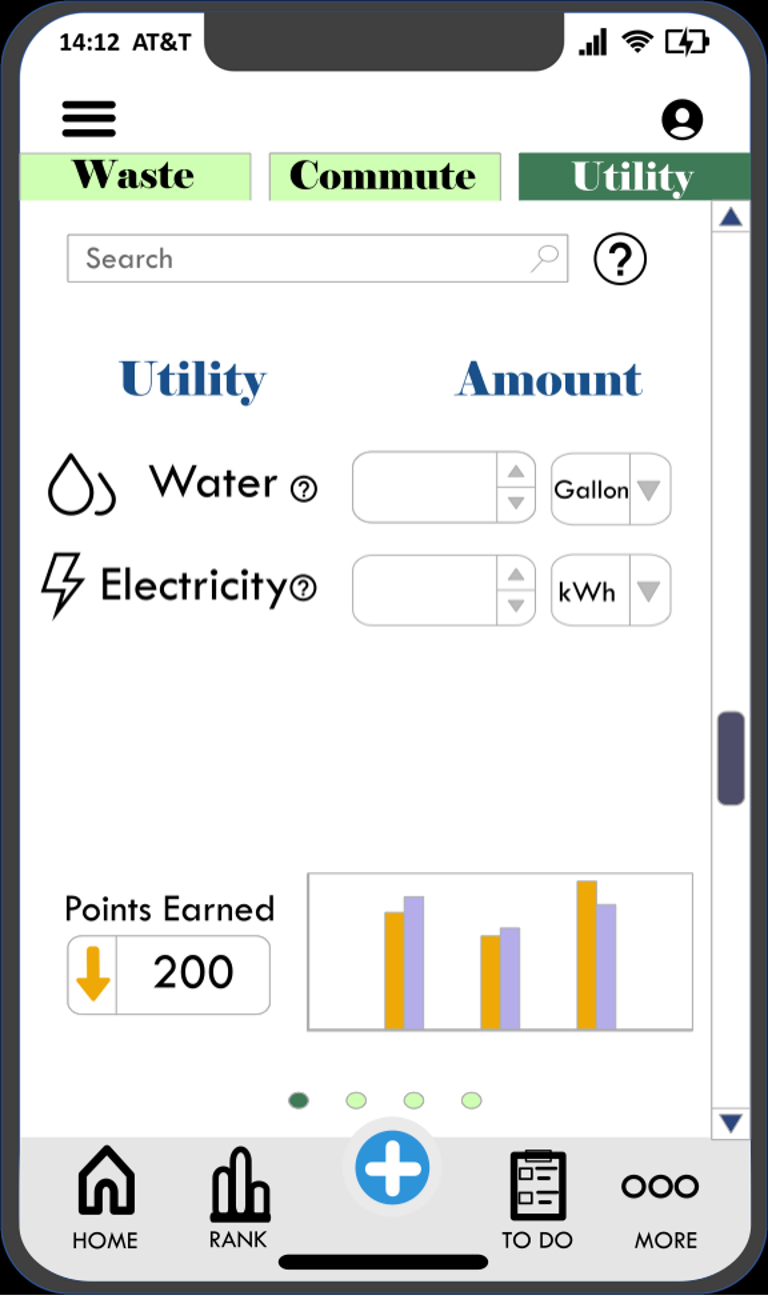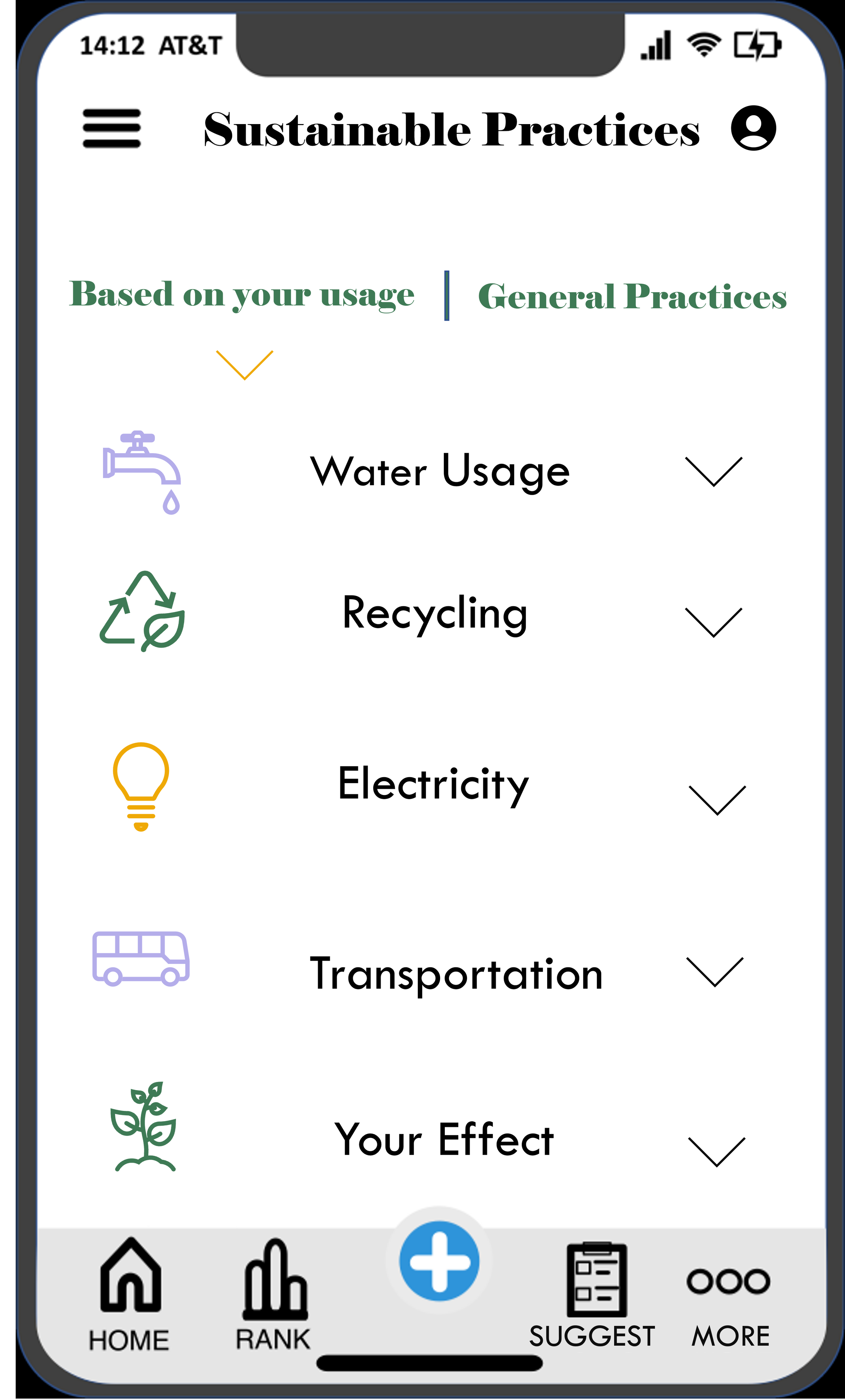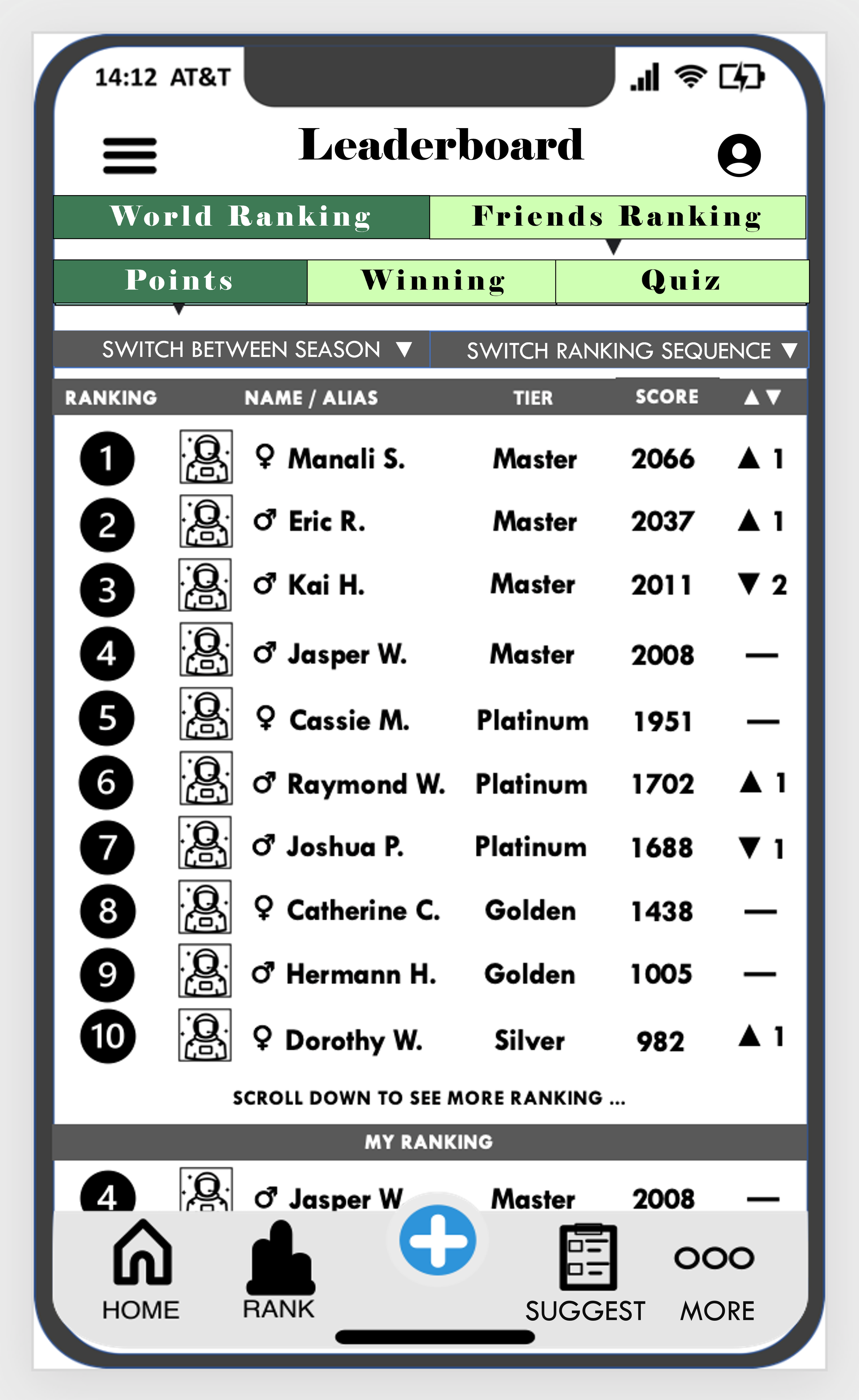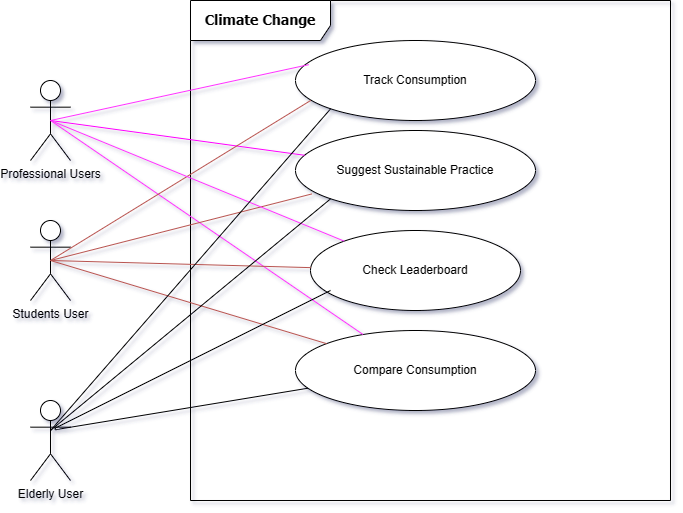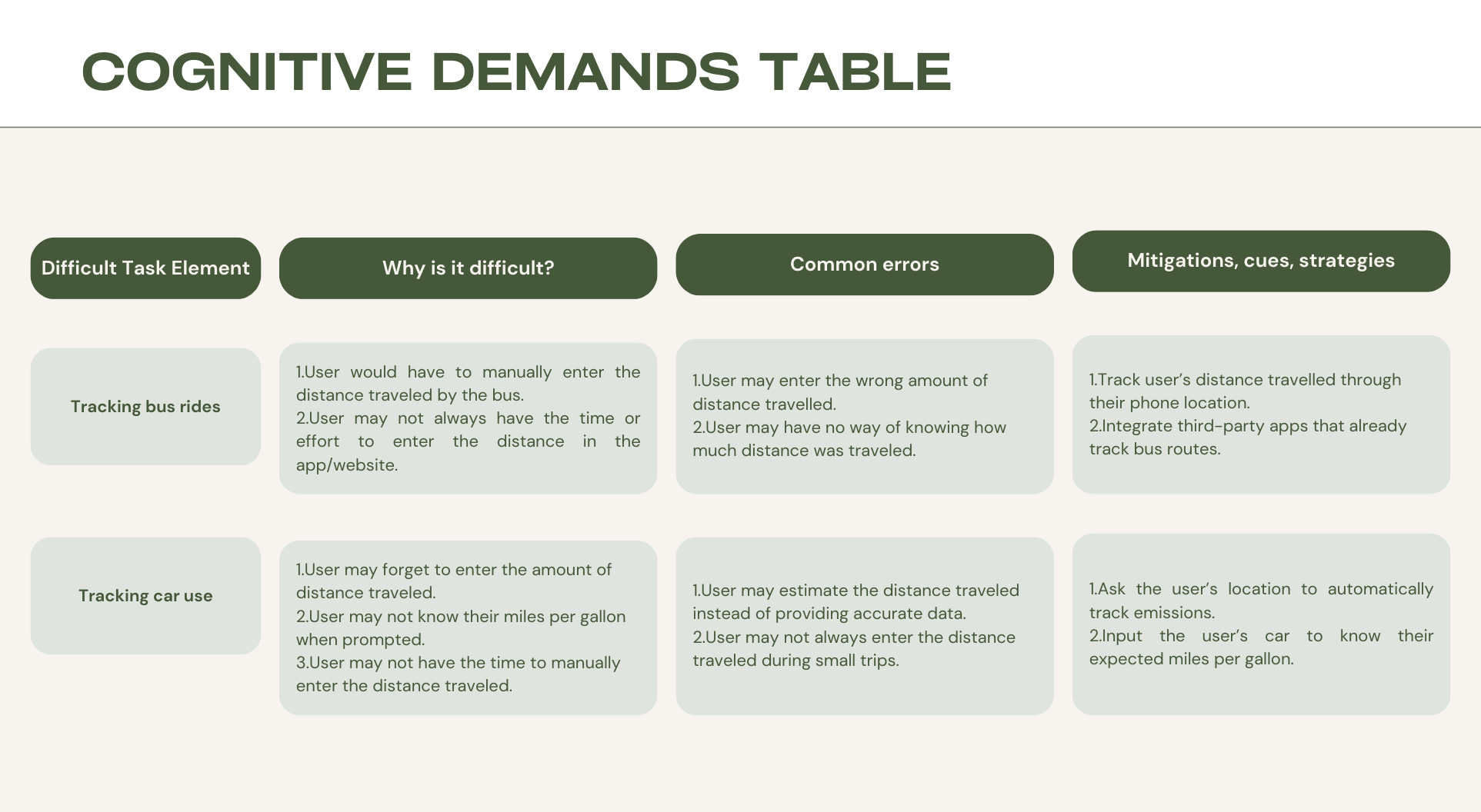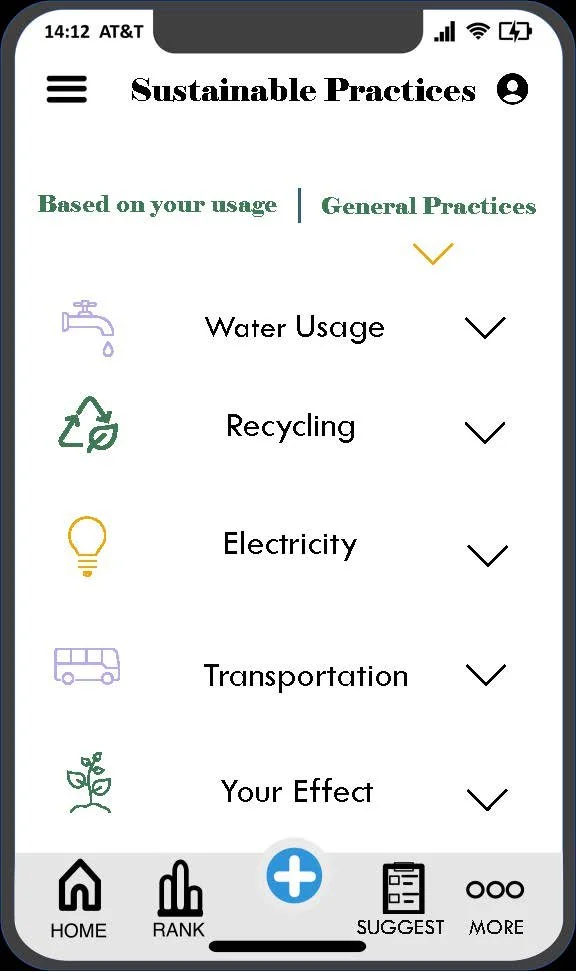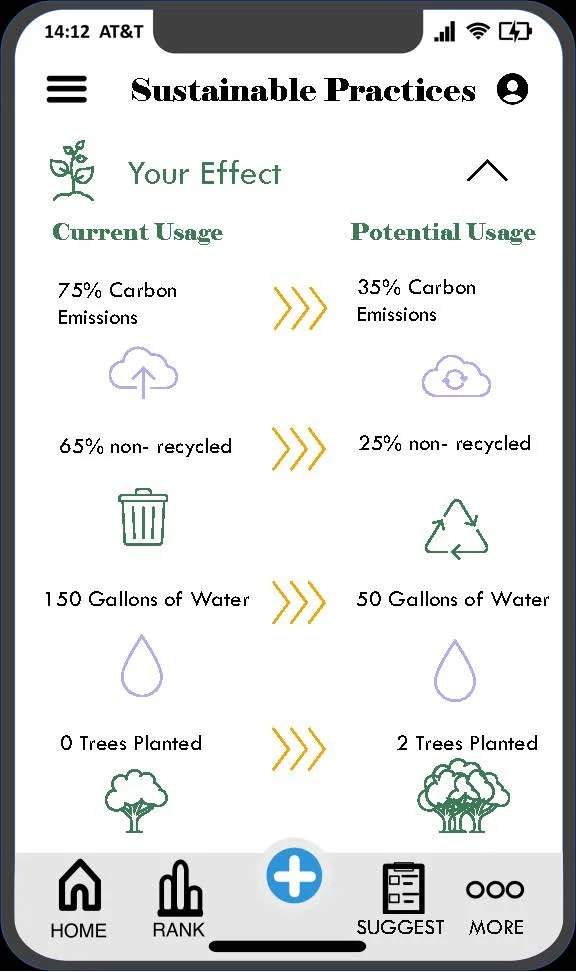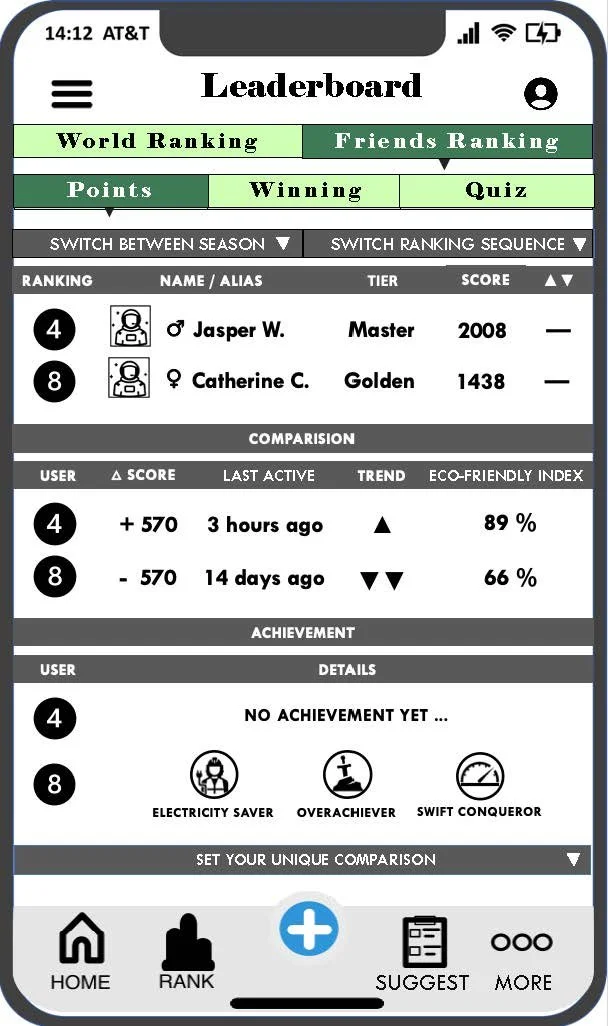Green Leaf Go
Team Values:
We strongly believe in the urgency of reducing high amounts of waste and more importantly, we believe in the potential of each person’s ability to lessen the effects of climate change.
Role:
UI/UX Designer
Timeline:
Jan 2022 - May 2022
Tools:
PowerPoint, Draw.io, Slack
Photo by Matt Palmer on Unsplash
Why should we care?
According to scientists, global temperatures shouldn't increase by more than two degrees Celsius if the world is to escape the worst effects of climate change. Its irreversible effects will only continue to worsen as long as people add more greenhouse gases into the atmosphere.
Source: NASA | by The New York Times
PROBLEM
Climate change causes environmental and health issues across the world
Some major effects of climate change include:
long droughts
heavy downpours
flooding
Not only does it affect the environment but it can also displace many people into poverty due to food scarcity and property damage. Over the past decade (2010–2019), weather-related events displaced an estimated 23.1 million people on average each year.
Source: United Nations | Climate Action
Photo by Mark König on Unsplash
What is the world doing to solve it?
People are passing regulations and using cleaner energy to help lessen the effects on a global scale.
But what can we, as individuals, do to help?
Photo by Anders J on Unsplash
SOLUTION
Consistent and Collective Sustainable Efforts Create Change
Green Leaf Go aims to improve the environmental effects of climate change by focusing on the individual scale. Each person will be equipped with sustainable habits and produce less carbon footprint. With our collective efforts, we can build a better and more livable future.
Track Waste Production
People will be more conscious of how much waste they produce
Data collected will inform appropriate sustainable practices
Progress can be visualized through consistent efforts
Suggest Personalized Activities
Personalized information decreases cognitive overload
Sustainable practices fits the user’s needs and goals
Customize which activity fits your lifestyle
Create Communities
Provides a source of extrinsic motivation
Avoid social consequences of not hitting your goal
Learn from other members and grow with the community
DESIGN THINKING PROCESS
Why use the design thinking process?
It enables us to produce user-centered designs that satisfy the demands of our target audience.
The wants, objectives, and pain points of our consumers can be recognized resulting in designs that are logical, simple to use, and visually beautiful.
It is also iterative, allowing us to constantly tweak and enhance our concepts in response to user input.
EMPATHIZE
Video Ethnography
We wanted to understand how potential users currently feel about climate change and its effect on their daily lives. To find out, I conducted a video ethnography using the video linked below.
The video demonstrates the worsening high temperatures over the past decade. It touches on different issues that the people of Senegal face due to the changing climate. We found that:
Since farmers in this video rely mostly on rain to water their crops, yields started to dwindle down year after year.
Farmers struggle to find decent grasslands despite having kilometers of open and life-bearing soil.
Not only are crops affected by climate change but ocean life is also in short supply.
Because of the difficulties, people are struggling to find food and survive the high heat. A lot of communities adapt by saving rainwater, developing more efficient farming methods, and using inexpensive cooling materials.
Interviews
We conducted interviews to understand how climate change affects our local area. The participants were college students who have stayed in the community for 1 to 3 years.
We found that:
Most college students in our area acknowledges the effects of climate change but has experienced little to no disruptions in their daily lives.
Students are willing to adapt sustainable practices if it:
fits their schedule, is reasonable, can truly help the environment
Personas and User Stories
I integrated the ethnography and interview data to create the following personas. We will use these personas to direct our design decisions and further empathize with our users.
DEFINE
Ranking use cases by importance:
Track Consumption
Suggest Sustainable Practice
Check Leaderboard
Compare Consumption
Use Case Diagram
We needed to organize and expand all of our ideas, so we determined that a use case diagram is the best tool to visualize our system’s features and their relationship to potential stakeholders.
Our use case specifications detail the following:
the actors and their goals
the steps to integrate each use case into our system
design challenges that we see moving forward
Use Case Specifications:
The team was still confused on what each use case means in terms of development and functionality. Thus, we decided to create specifications for the main use cases to explore scope, implementation and design challenges.
We found that:
Personalized experiences are needed for engagement
A personalized experience is important so stakeholders won’t be dissuaded by the difficulty of the suggested activities.
Emily, who has a full time job, would find it difficult to complete the tasks we give her if it is too time consuming.
Users have different goals
Users have different motivations therefore we must understand and accommodate.
Emily wanted to learn more about recycling methods so we should give her the tools she needs to achieve her goal.
Users can learn and motivate each other
Building communities and a leaderboard system will foster accountability and connection between members.
Emily wants to volunteer and reach out to local organizations. Why not connect from people around the world?
IDEATE
Decrease cognitive load by simplifying navigation and data entry
Task Analysis
With a clear and defined problem, we set off to consolidate our ideas and create a task analysis diagram to determine the process at which users achieve their goals.
Cognitive Demands Table
Diving deeper into the manual data entry, I detailed two scenarios along with each of their difficulty and common errors. The goal is to explore the issue and find probable solutions.
We found that:
Manually entering data are more prone to inaccuracies because users will likely estimate rather than give exact values.
Human memory is susceptible to forgetting irrelevant information like distance travelled.
Moving Forward
The group needs to lessen cognitive load when tracking user’s waste because users find it inconvenient to enter the data manually for each waste category.
We need to consider user privacy along with appropriate data collection methods.
With all the lessons learned, one question we keep coming back to was…
How can we incentivize users to keep using our application?
OUR SOLUTION
Gamifying Sustainability and Automating User Input
I suggested to leverage our existing leaderboard system and add badges or achievements to foster friendly competition between community members. In order to mitigate inconvenient data tracking, I suggested an automation process.
PROTOTYPE
Loading/ Log in Flow
Track Waste Flow
Suggest Practices Flow
Leaderboard/ Achievements Flow
TEST
Cognitive Walkthrough Evaluation
With the prototype we created, I moderated feedback from 5 students with different backgrounds and lifestyle. The general process is as follows:
Describe the goal of the product
Ask users to navigate the application on their own
Ask users to accomplish a certain goal (i.e. input a data entry, find badges and achievements)
Ask participants questions regarding usability and any suggestions they have for future iterations
REFLECTION
The design process is not always straightforward
Our team faced many challenges and was not able to directly follow the design process
Often, we needed to rethink and redo some aspects of our project
For example, we thought that the app would struggle on user engagement. To address this issue, we “gamify” the leaderboard to create competition between users
Focus on understanding, not assuming user needs
In our classes, the empathy stage is given emphasis for its importance in the design thinking process
It’s not until I’ve gone through this project that I realized how crucial it is to study user needs and requirements
To empathize means to fully capture the needs of our target users such that we, as designers, can create an effective solution using technology.
Bad design reflects poor communication
Our team did not communicate well enough to discuss and establish design elements
As a result, the different screens are not cohesive. Instead, they look like they are from different applications
Great communication is needed within a team to create a product with good design choices







